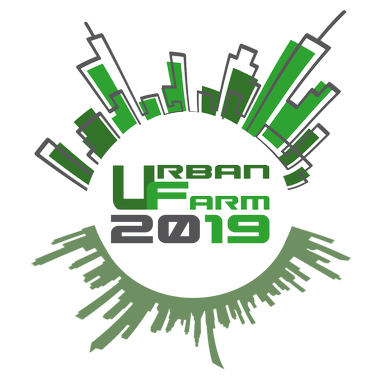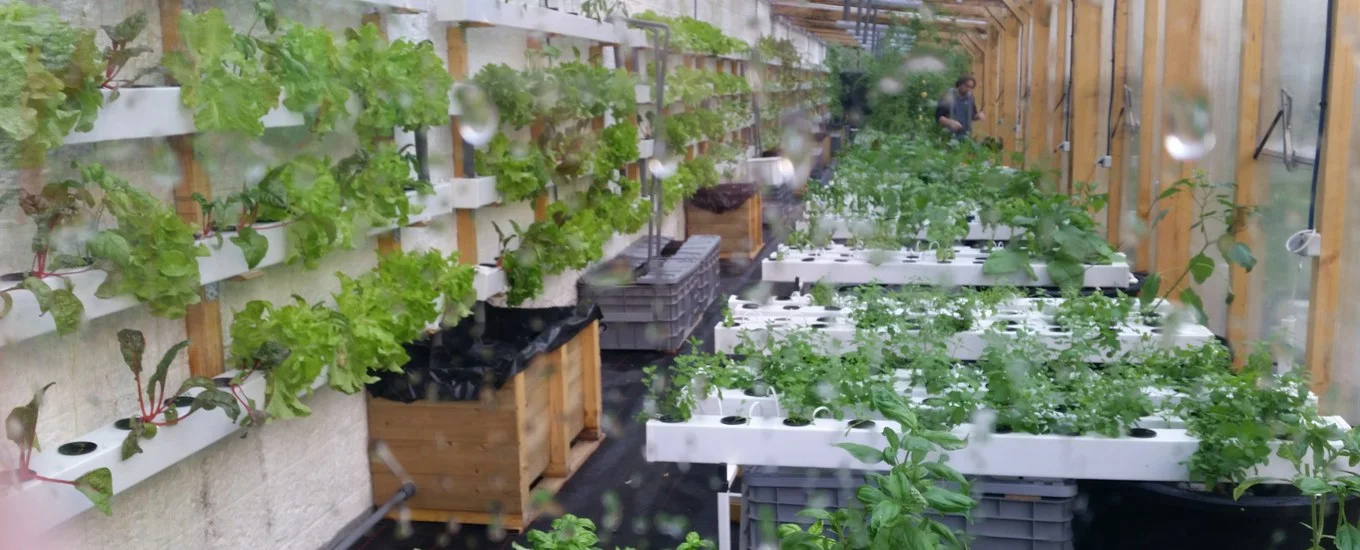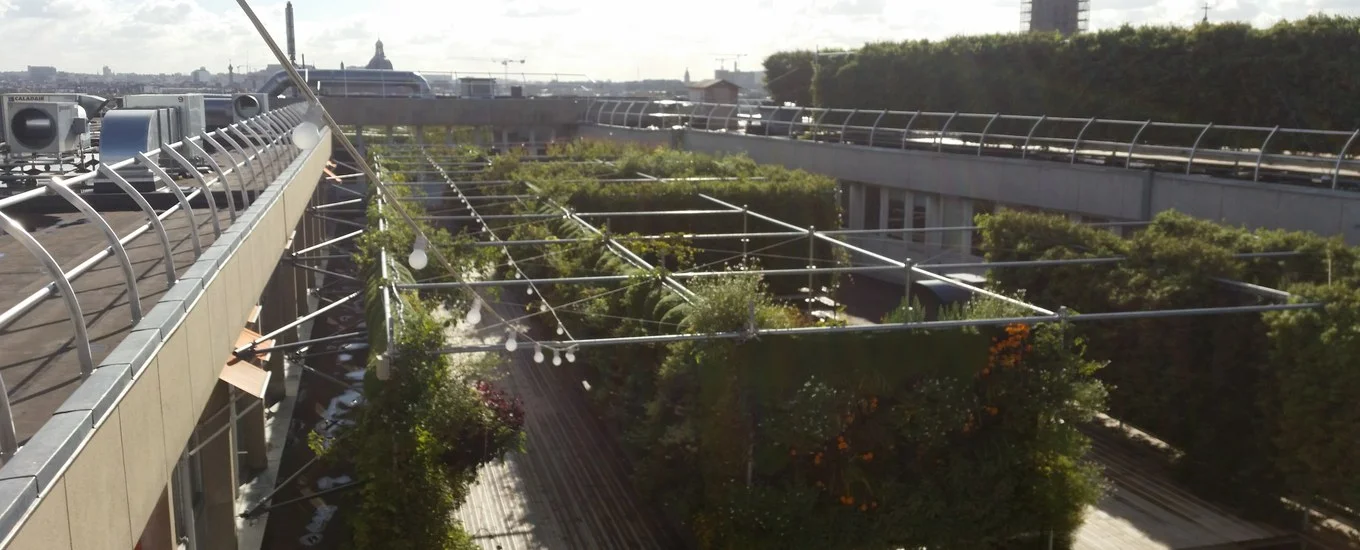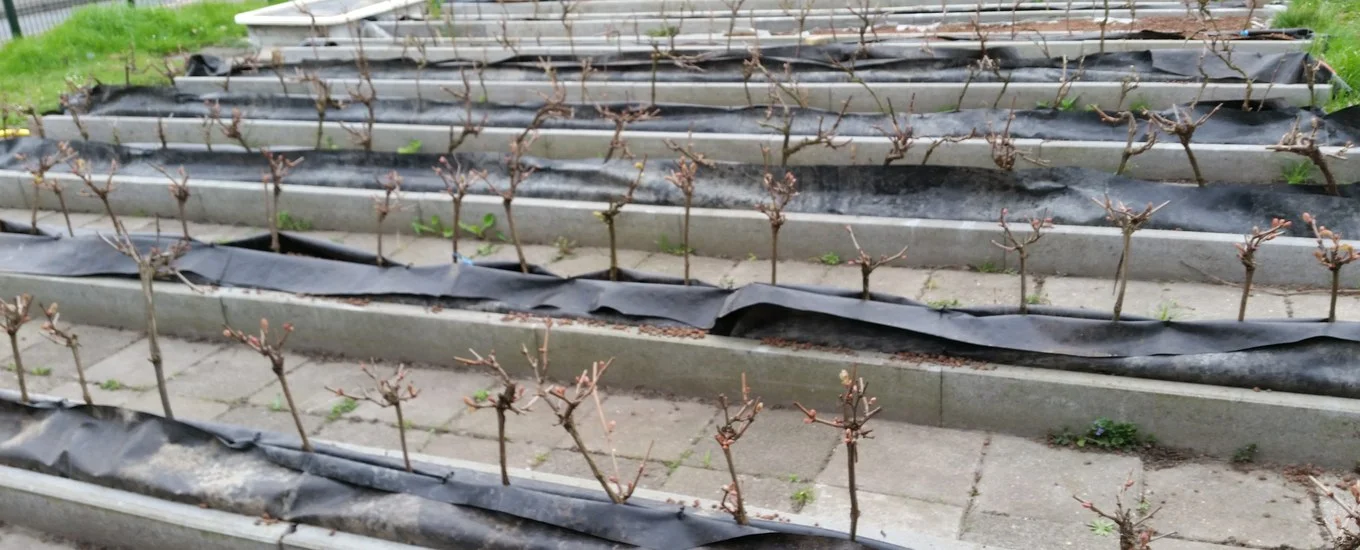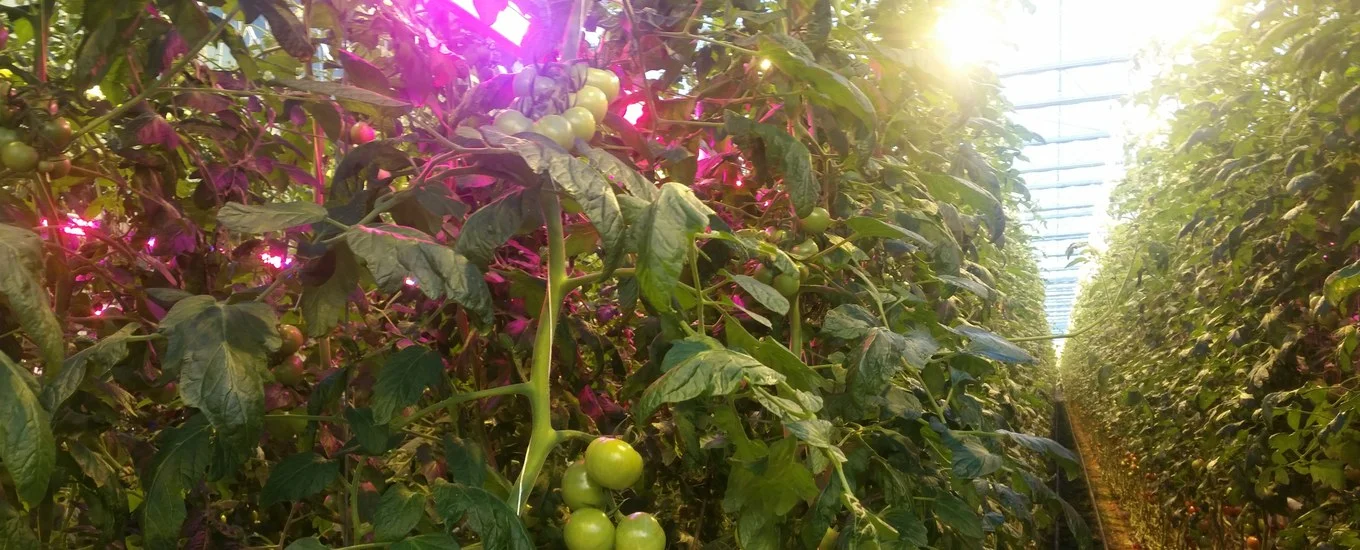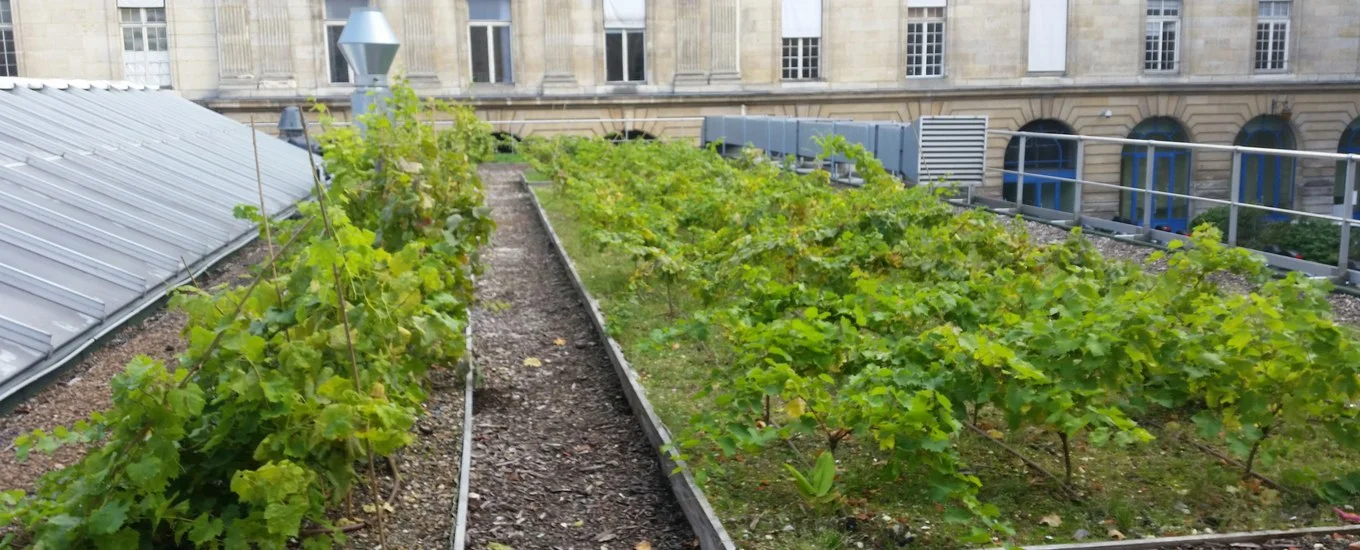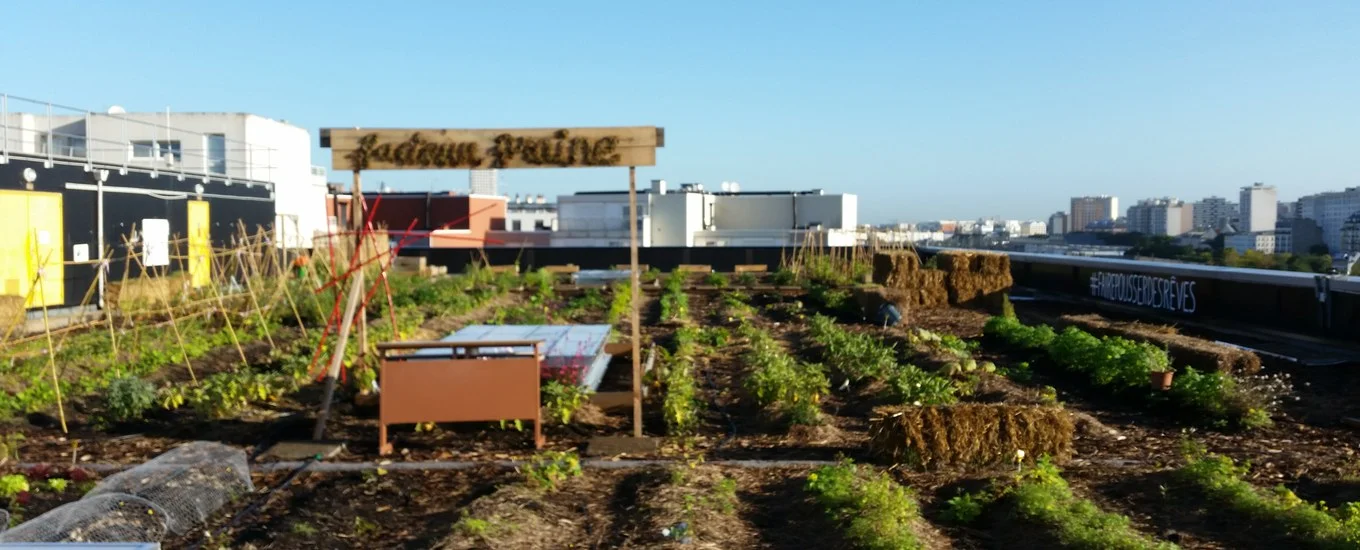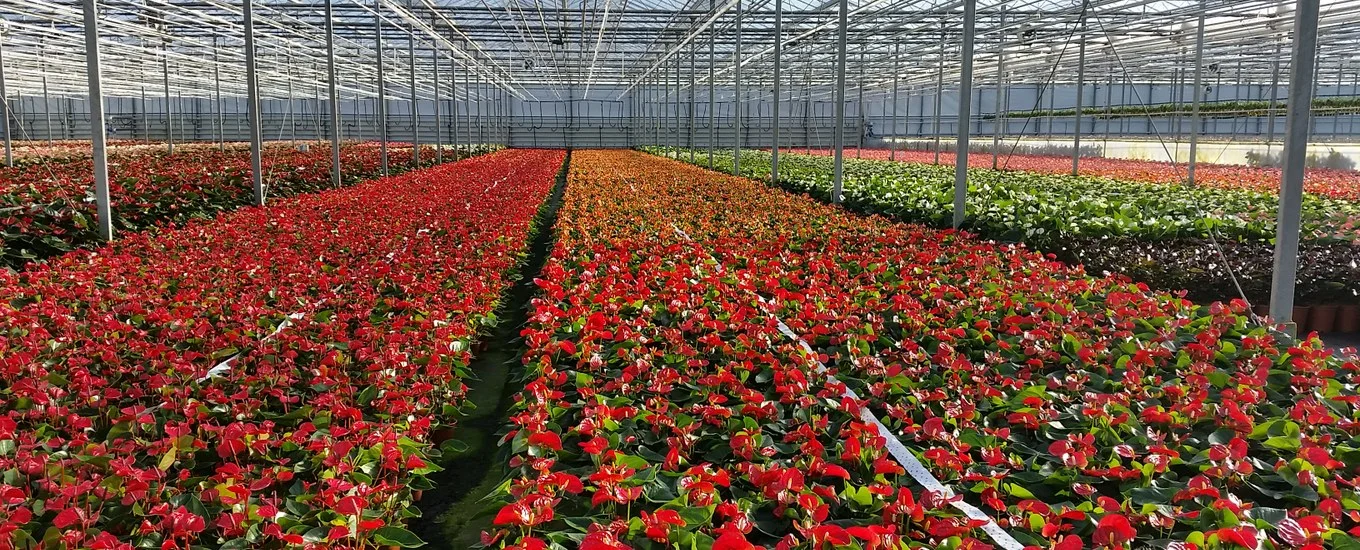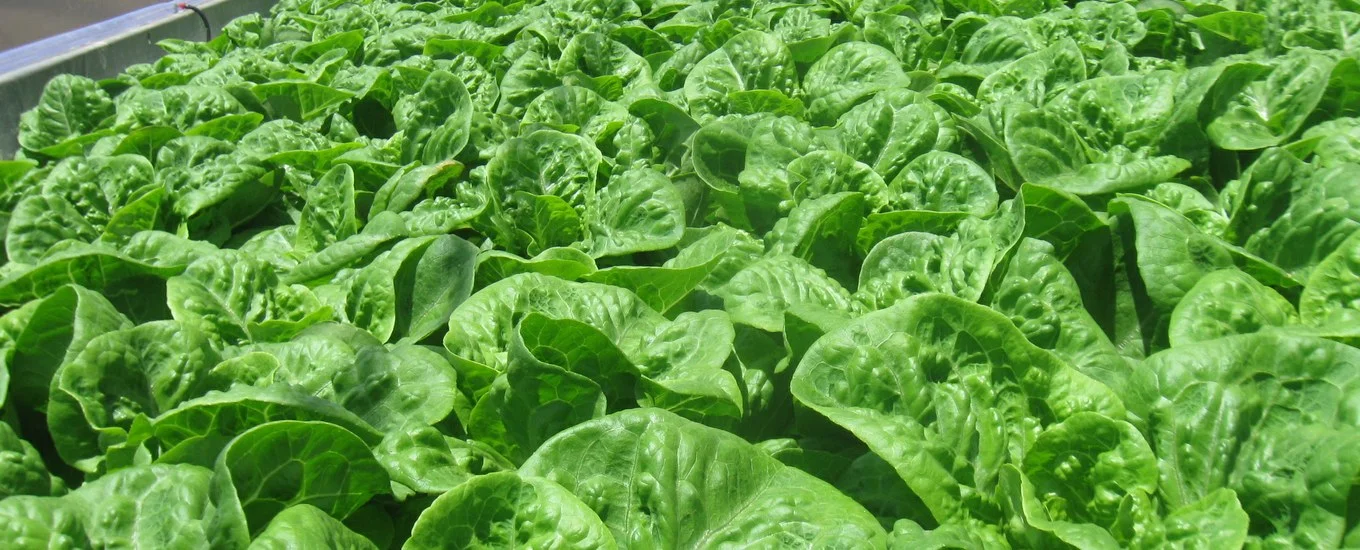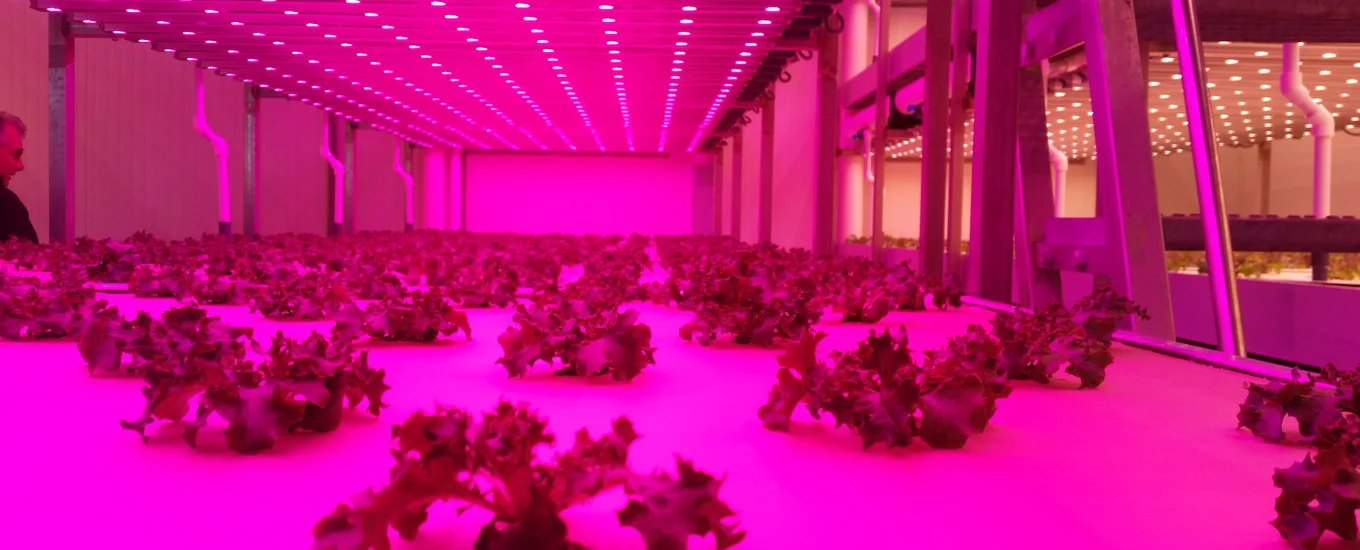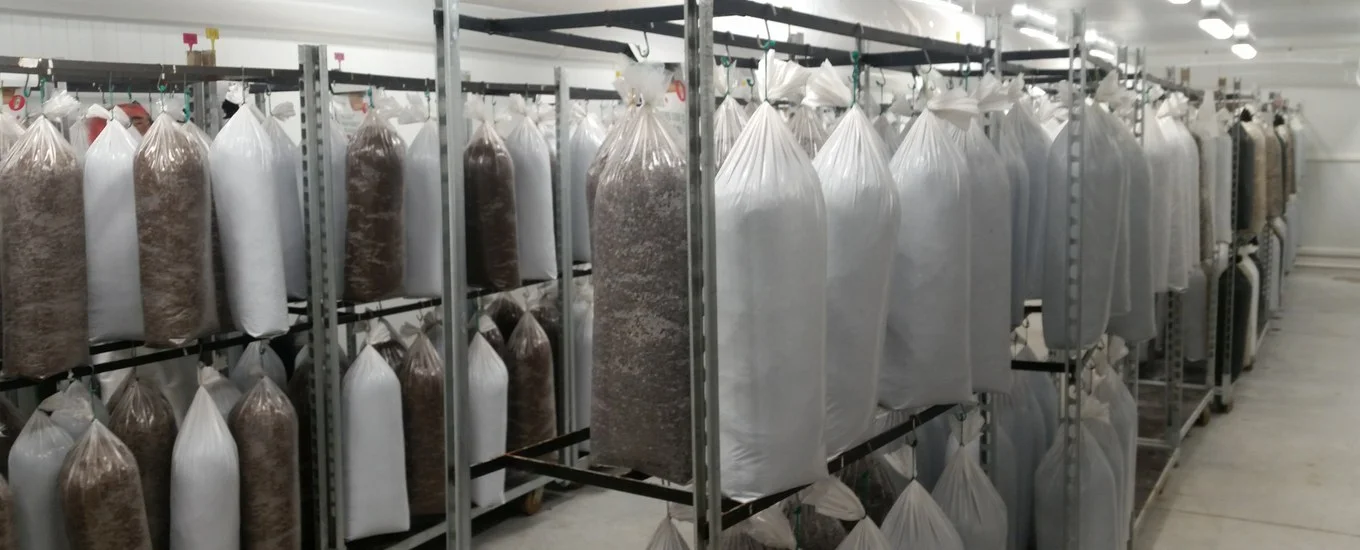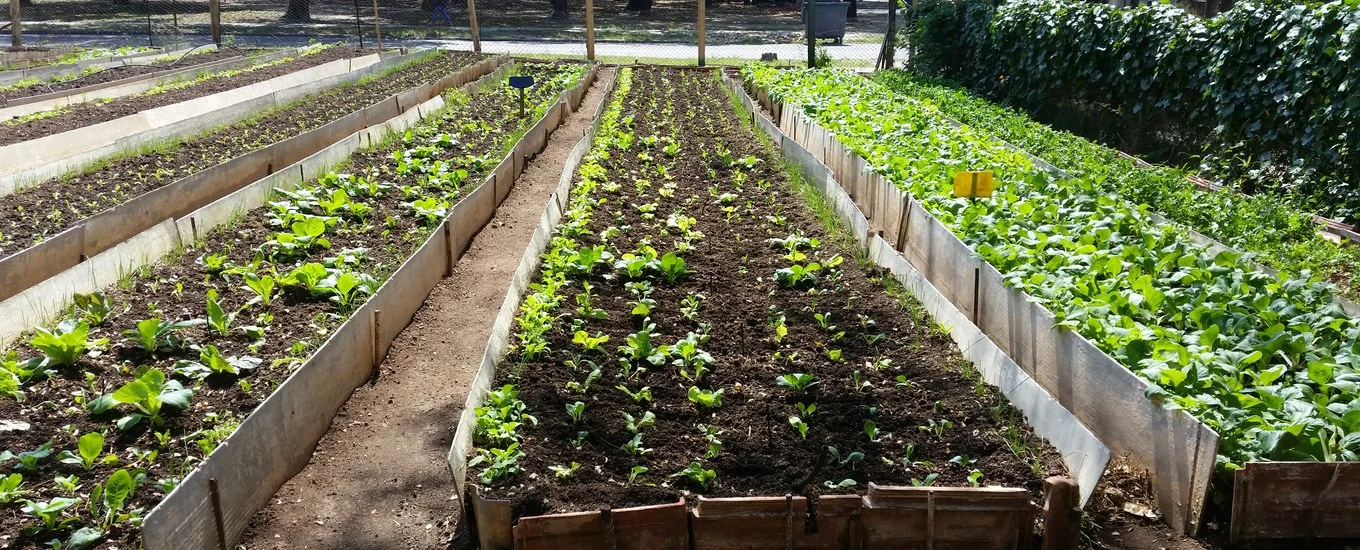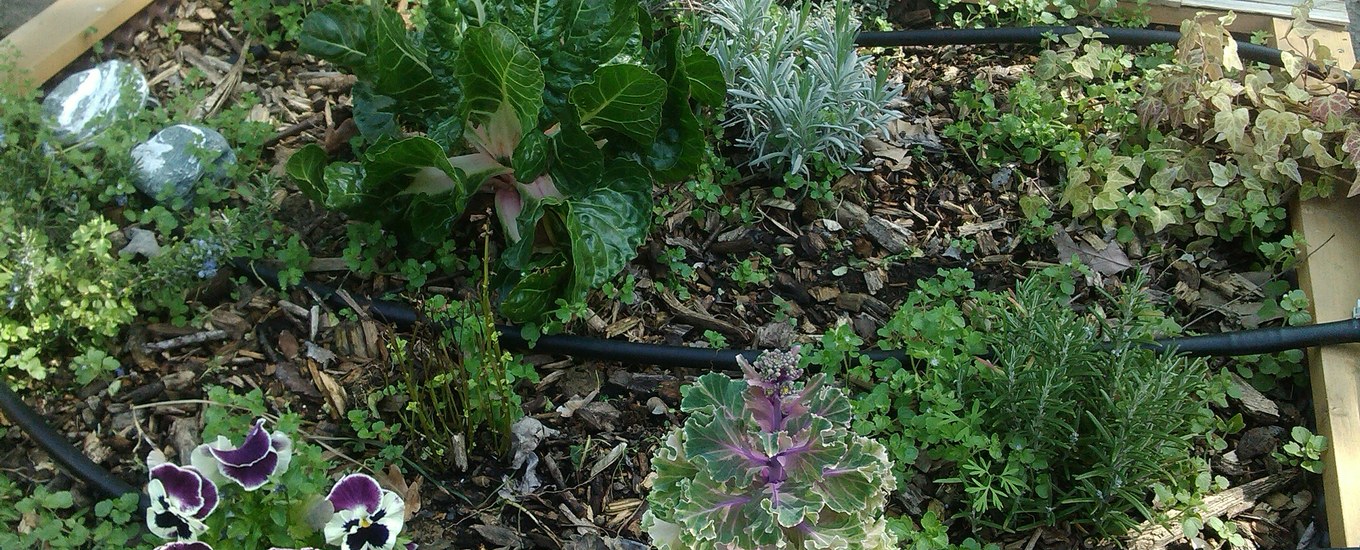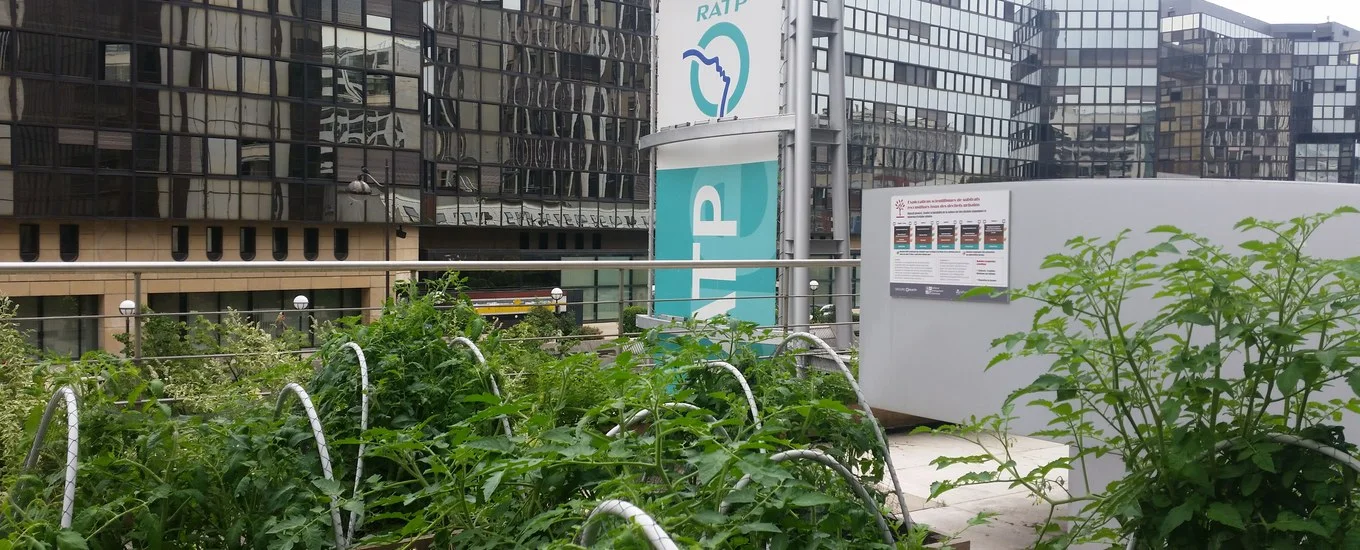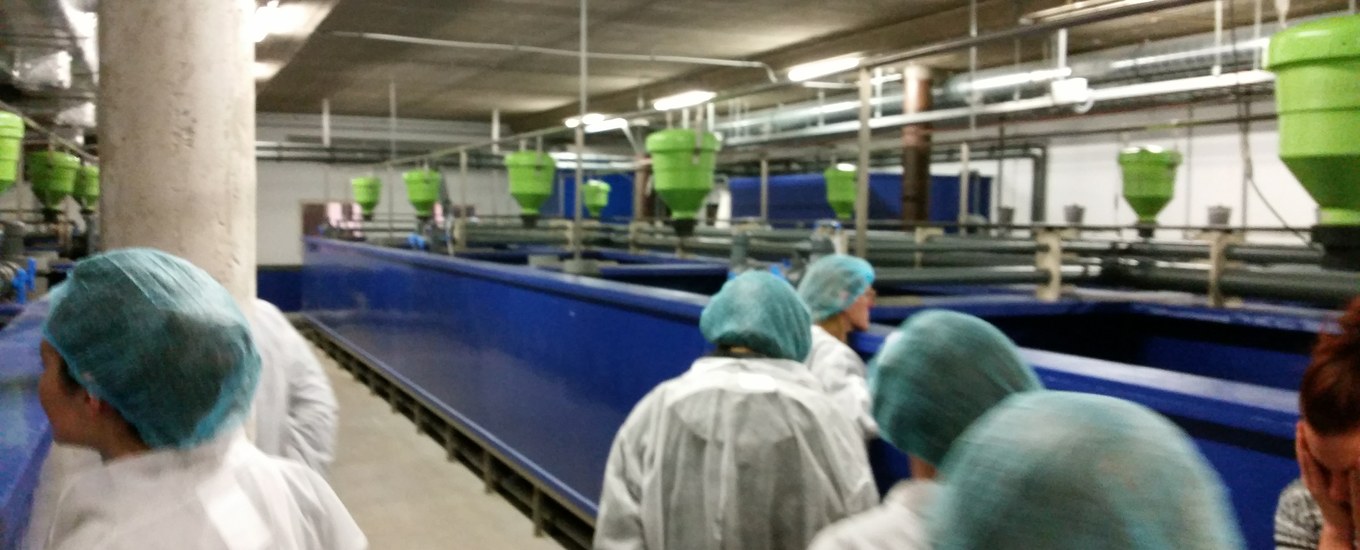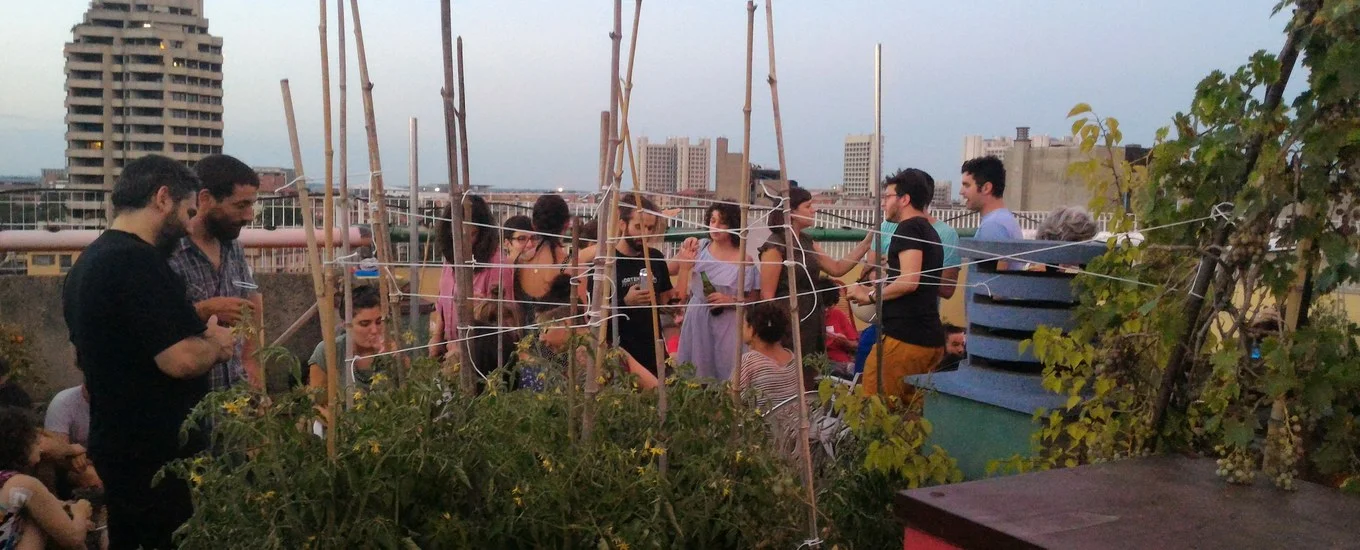
Welcome to iGrow News, Your Source for the World of Indoor Vertical Farming
Important Tips For Designing A Hydroponic Production Facility
Growers should always choose a properly sized and engineered system. The reality is that the budget will drive many of the growers’ decisions
Why Do You Keep Saying Buffer Capacity?
For anyone that has called me to discuss the design of their new vertical farm or greenhouse, they have probably grown quickly tired of me using the term buffer capacity. But, of everything I have learned over the past 25 years, the understanding of “buffer capacity” might possibly be the most important. It makes your production system easier to manage, more predictable and more stable. All traits that can be found in all successful farming and commercial horticulture production facilities. (You might remember my recent article on simplicity, well this goes right back to that.)
Let’s start by agreeing that I am not properly using the term buffer capacity which is normally defined as the moles of an acid or base necessary to change the pH of a solution by 1, divided by the pH change and the volume of buffer in liters; it is a unitless number. A buffer resists changes in pH due to the addition of an acid or base though consumption of the buffer.
Now let us focus on how we can manipulate that definition to fit the needs of designing a greenhouse or an indoor farm. When referring to buffer capacity in our production environment we are referring to our system’s ability to keep key elements (temperature, humidity, wind, nutrients, light, CO2, oxygen, water) from fluctuating unless we as the grower determine that we want it to and have the ability to manipulate these key variables while keeping the others in balance.
The ability to keep key elements from fluctuating unless the grower determines that the variables should be adjusted to produce a crop response. Adjustments should be met with the abilities to keep all other elements in balance.
For this article I am going to use (3) examples of how designing “buffer capacity” into your farm will lead to better production and more consistency.
Greenhouse Structure.
For those starting to investigate different greenhouse types and designs or for those that have already gone through the process, I think we can all agree that the choices are limitless, and for the most part the look of the greenhouse has not changed much of the years with one major exception. They have gotten much taller. Taller greenhouses provide a more uniform, stable and ultimately superior growing environment for the crop. During hot weather (as an example), the additional space creates a buffer that avoids trapping heat and humid air around the plants.
Water holding tanks and nutrient solutions reservoirs
For beginning growers this is the area where the right decisions might provide the biggest advantages. Experienced growers may choose to size their systems differently depending on their budget, crop and space but one thing is for sure, they will make sure that they have ample water availability as well as on demand storage to respond to changing crop needs.
Larger tanks and reservoirs (as compared to the amount of plants in the system) have a considerable buffer before they will run out or need to be dumped. The most obvious benefit is that of ensuring the tanks don’t run dry and cause extensive damage to the pump(s) or loss of crops and production. The most important benefit might be a properly sized system’s ability to keep the nutrient solution from having big erratic swings in EC and pH.
Substrates
Hydroponic substrates provide an (additional) reservoir for water, a place for plants to take up nutrients, an area for the plant to develop a sufficient root system as well as location for gaseous exchanges. A good grower will consider all the other decisions that he or she has made in building the greenhouse and designing the irrigation system then decide how much buffer capacity their substrate needs to provide. If the buffer capacity of the irrigation system is limited, the grower may choose to use more substrate with a higher water holding capacity so the total system is more durable on hot summer days. If the grower has a tremendous amount of confidence in their access to water, the responsiveness of their irrigation system and their ability to fix the system if they have problems then the grower might choose a substrate that they can steer thereby providing them more control in the greenhouse.
Growers should always choose a properly sized and engineered system. The reality is that the budget will drive many of the growers’ decisions. Understanding buffer capacity in the system will allow growers to get the most out of their investment while still focusing on consistent and uniformed crop production.
To continue the conversation, email us and schedule some time with either Chris Higgins or our newest grower consultant Tyler Baras (aka The Farmer Tyler.)
Next article. Can indoor farming be profitable?. Simple answer: of course. Complexed answer it all depends.
Share this:
Tagged GreenhouseHydroponic Production SystemsHydroponicsVertical Farming
International Student Challenge “UrbanFarm2019”
Linked by Michael Levenston - City Farmer News
3 months of time to redesign 3 locations, having a look at the 3 spheres of sustainability. The Grand Finale will take place at the NovelFarm expo in Pordenone Exhibition center in Venice on February 13-14, 2019.
Dr. Francesco Orsini
Researcher, Vegetable Crops and Urban Horticulture
DISTAL – Dept of Agricultural and Food Sciences
Alma Mater Studiorum – Bologna University
This challenge, open to University students from several disciplines and from all over the world, will address the design of urban agriculture projects in three Italian Cities (Bologna, Belluno and Conegliano). The challenge, jointly organized by Bologna and Florence Universities, is also supported by the International Society for Horticultural Sciences. On the website, further information about the awards and components of both the International Jury and the Scientific committee are also available.
The challenge will open on October 15, and two selection steps are foreseen, at December 1st and January 15th. Selected teams will be able to present their innovative project at the International Fair NovelFarm2019, that will take place in Pordenone (Italy), on February 13-14, 2019.
More information will be displayed on the challenge website in the coming days.
Multidisciplinary student teams from the Faculties of Agriculture, Biology, Architecture, Design, Economics, Engineering and Social Sciences, are invited to join the challenge and design innovative urban agriculture systems that integrate the?best architectural and technological innovations for food production in urban environments. Their projects will be based on existing vacant spaces in three Italian cities (Bologna, Belluno and Conegliano), characterized by different peculiarities. Their design should have a strong and entrepreneurial connotation, promoting the generation of new forms of employment for disadvantaged users.
The competition is open to student teams from all over the world, and teams may comprise students from different universities and universities of applied sciences.



